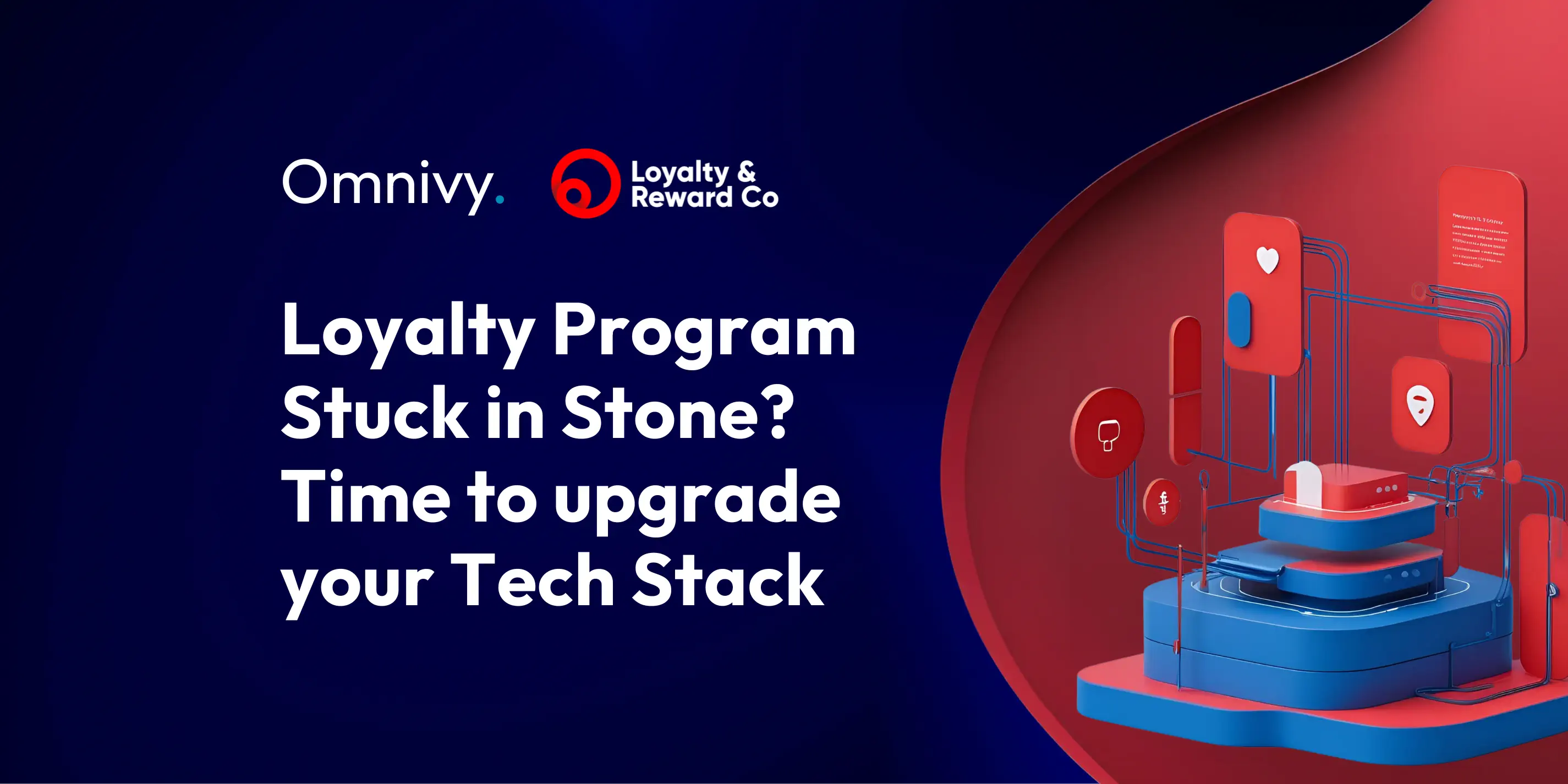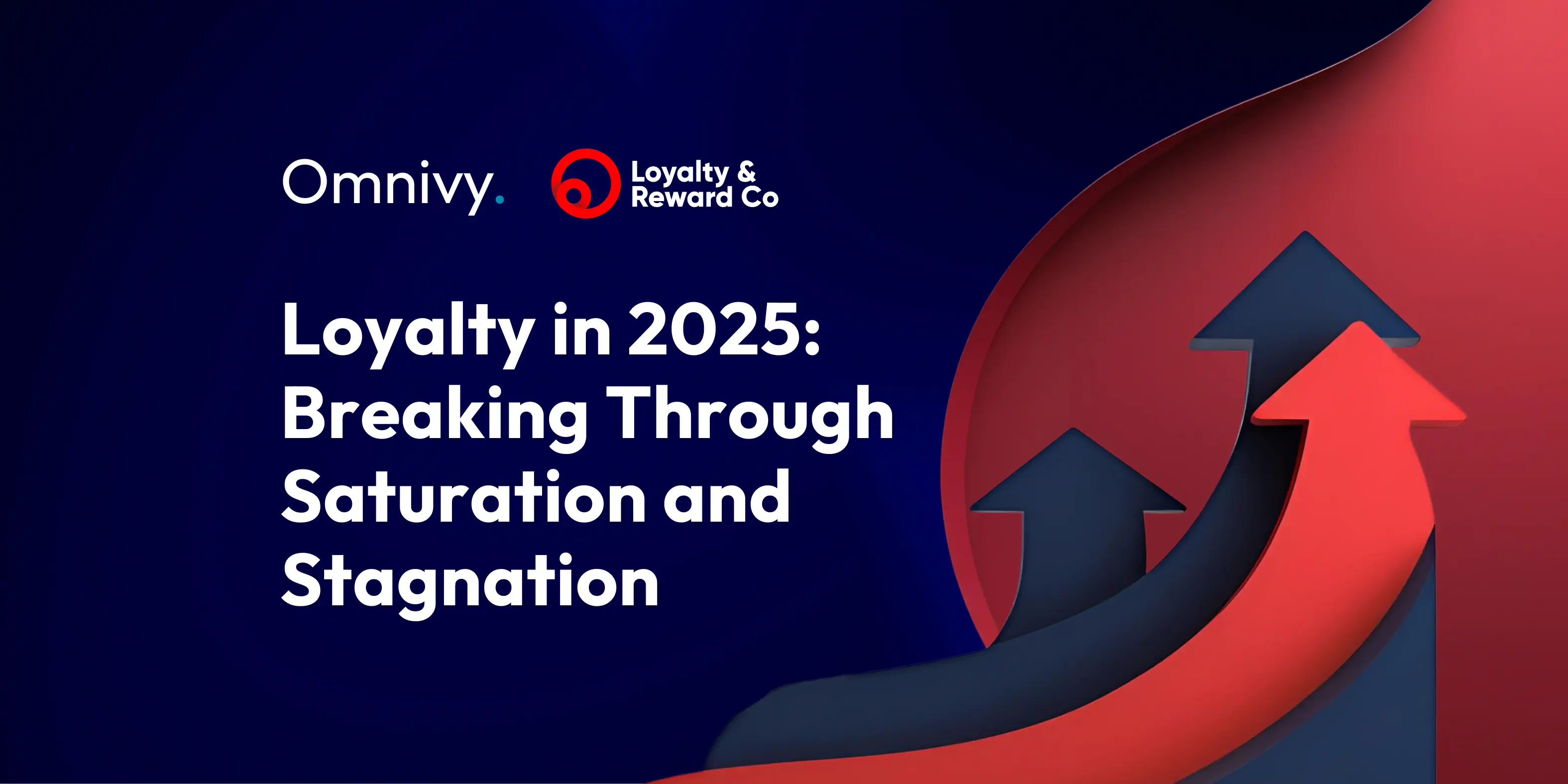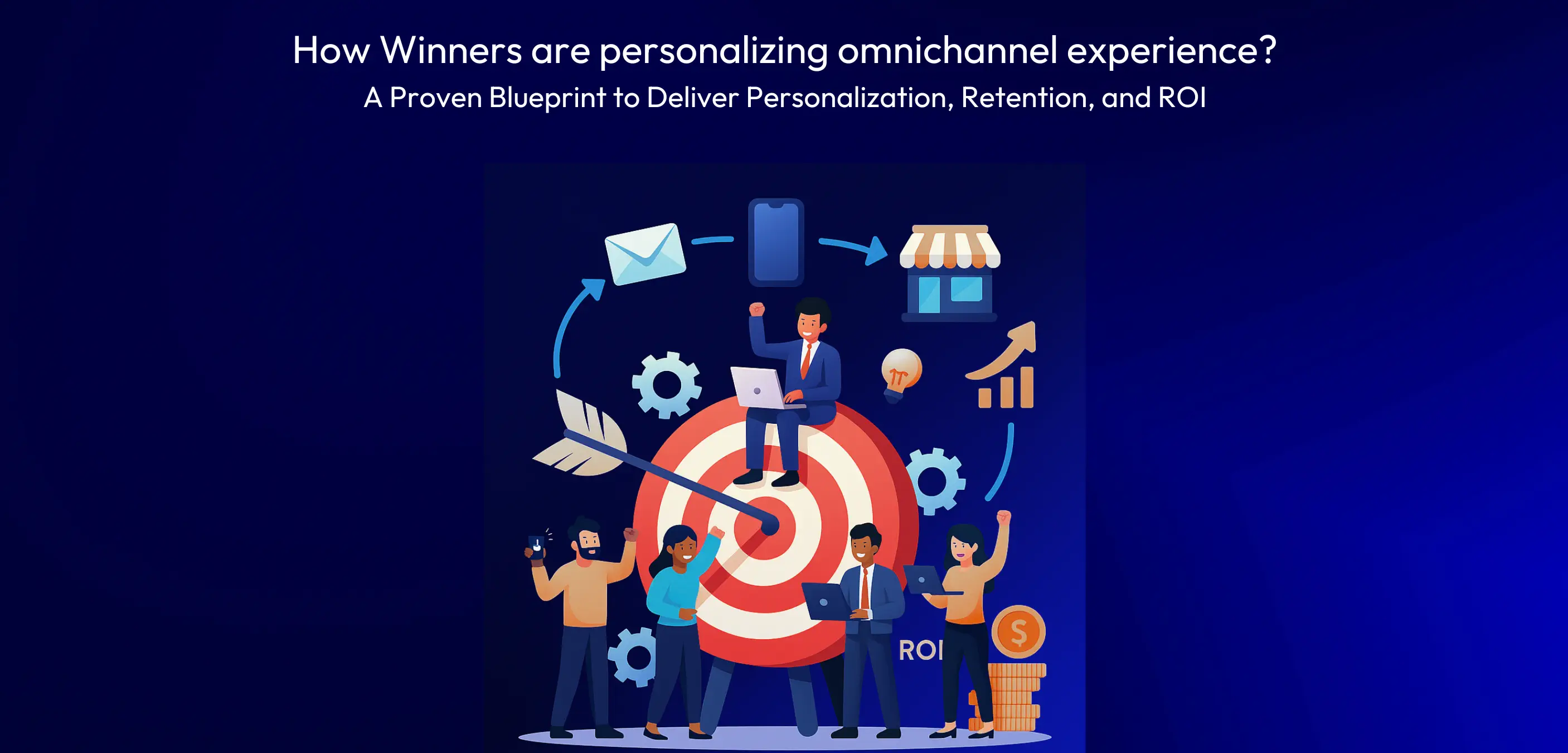It seems like the whole MarTech world has fallen in love with everything cloud-native, composable, headless... when talking about all the new and shiny tools for managing loyalty programs and promotions.
But what if you already have your trusty old tech powering your loyalty scheme? Perhaps it was proudly built by your internal tech team. Or customized by a 3rd party vendor to fit your specific needs.
So why even consider swapping it for a modern SaaS loyalty engine? Let me be your guide:
You’re probably overpaying for your current loyalty platform hosting and maintenance
Loyalty platforms store business logic and process transactions and incoming events applying various loyalty effects (such as points, discounts, benefits, etc). They typically need to adhere to strict Service Level Agreements (SLAs) concerning response times and uptime to ensure speedy transaction processing by POS or E-commerce platforms.
The challenge with many legacy, monolithic platforms is their inability to dynamically scale infrastructure in tandem with the traffic they handle. Moreover, transaction volumes across most industries tend to follow predictable patterns. Peak traffic occurs during certain periods (such as weekends) and sporadic spikes during events like Black Friday or the Christmas season.
This often results in over-provisioning the infrastructure hosting the platform to accommodate peak traffic. Consequently, only 10-15% of its capacity is used for the majority of the time.
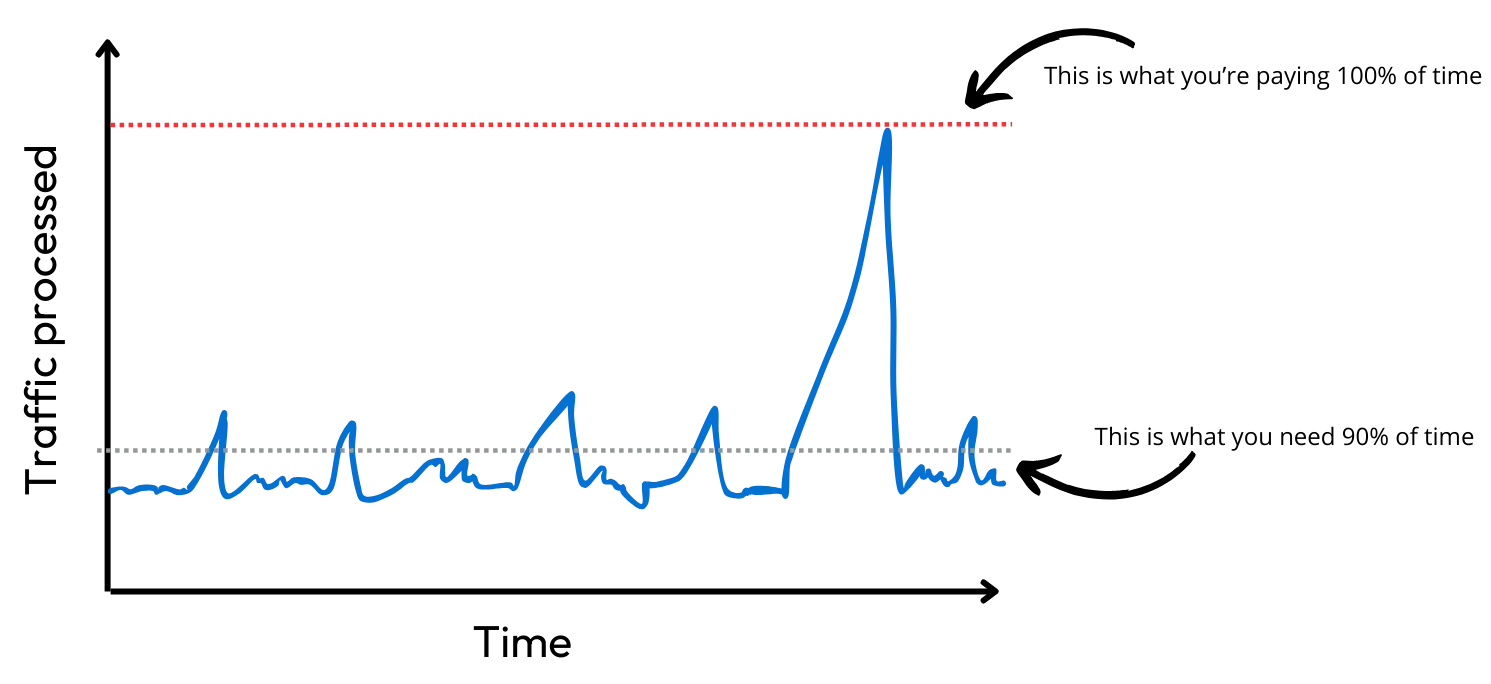
Cloud-native platforms of today automatically scale in response to the volume of traffic they handle. In other words - you're charged solely for the actual utilization of underlying infrastructure and computing power. This alone can often yield significant savings, making a technical revamp project finance itself.
Flexible member profile data model
What data about a loyalty member do you store in your platform?
Name, email address, loyalty identifier, age, and consents to marketing communications? Alright, but what about enriching it with some more contextual information like, for example, engagement with loyalty campaigns or messaging, preferred interaction channels, various counters for cumulative promos or progress bars, and predictive attributes (e.g., how much a given member is likely to spend in the next month)?
Most legacy or custom loyalty software will either have a fixed number of attributes that you can store as part of a member profile or some convoluted configuration mechanism that requires a PhD to understand. Any change requires extensive regression testing to ensure that nothing gets broken. Not to mention costly development hours in case of a change request.
Only by having a platform that has no limits on the number of member attributes and allows for quick and easy changes to the member profile data model will you be able to integrate personalization engines or AI/ML solutions with your loyalty platform.
Quick campaign set-up and testing
If the process of setting up and testing a new loyalty promotion takes more than a couple of days (not to mention weeks or months), it indicates an issue with your tried-and-tested loyalty platform.
Rather than going through lengthy planning cycles and transferring campaign briefs and specifications through PowerPoints or Excel spreadsheets, a more efficient approach is to utilize software that enables rapid campaign setup, personalization, bulk modification, and complex A/B/N testing to select the optimal promo variant and deploy it to the broader member base.
At the same time, it's crucial to assess how the volume of concurrent promotions affects platform performance and responsiveness. Legacy platforms typically encounter limitations when attempting to manage hundreds, if not thousands, of highly targeted concurrent promotions.
Non-transactional events
Let’s assume your current platform meets all the criteria above and fulfills its promises. However, it likely caters to a predetermined set of incoming events, such as purchase transactions or points redemption requests.
This means that if you intend to reward non-transactional activities (such as participating in community events, interacting with an app in a specific manner, or processing some gamified loyalty events), you may find that adapting the platform to accommodate these new activities comes at a hefty cost.
A crucial consideration when selecting a modern loyalty platform is ensuring its capability to handle various events, even those not directly linked to purchase transactions. These features might not be a priority today, but chances are high that you'll want to incorporate them down the line. This shouldn't necessitate custom development or complex configurations that risk disrupting other functionalities.
Unifying promotion processing
When the quarterly report period rolls around and loyalty managers prepare to present the achievements of the loyalty program to the board or senior executives, they rightfully emphasize the numbers demonstrating the program's impact on overall revenue goals. This is often achieved through KPIs such as loyalty uplift, loyalty versus non-loyalty sales across various channels, and others.
This underscores that the true value of a loyalty program can only be objectively measured when viewed within the broader context of marketing and promotional activities. However, a significant challenge arises when trying to consolidate promotion logic scattered across multiple systems and figuring out a clear method to summarize or compare their respective impacts.
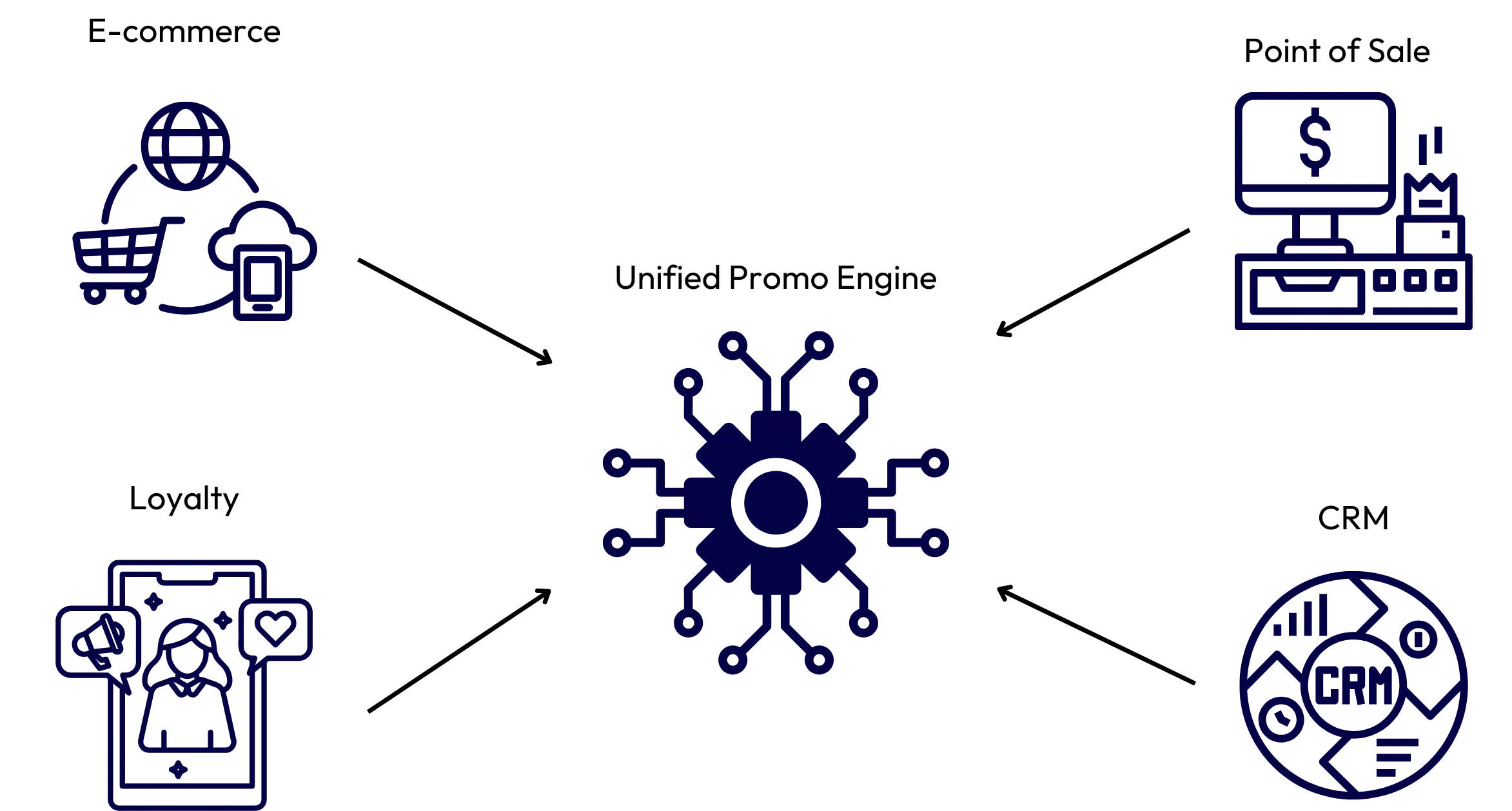
The optimal approach is to employ a single tool capable of managing all promotions, not just loyalty-related ones. This approach not only enhances understanding of the end customer but also allows for the creation of compelling customer journeys and funnels to drive loyalty enrollment for those who have not done it yet.
Conclusions
Changing the technology that powers your loyalty program is no small feat. It typically requires collaboration with various partners, system integrators, introduces new risks, and may consume a significant portion of the Marketing Technology budget.
However, if executed correctly, the investment can yield substantial returns. It can lead to savings on hosting and maintenance costs, streamline campaign setup processes, enable the implementation of more personalized and targeted promotions, and ultimately replace multiple tools with a single solution capable of managing all promotion data.


